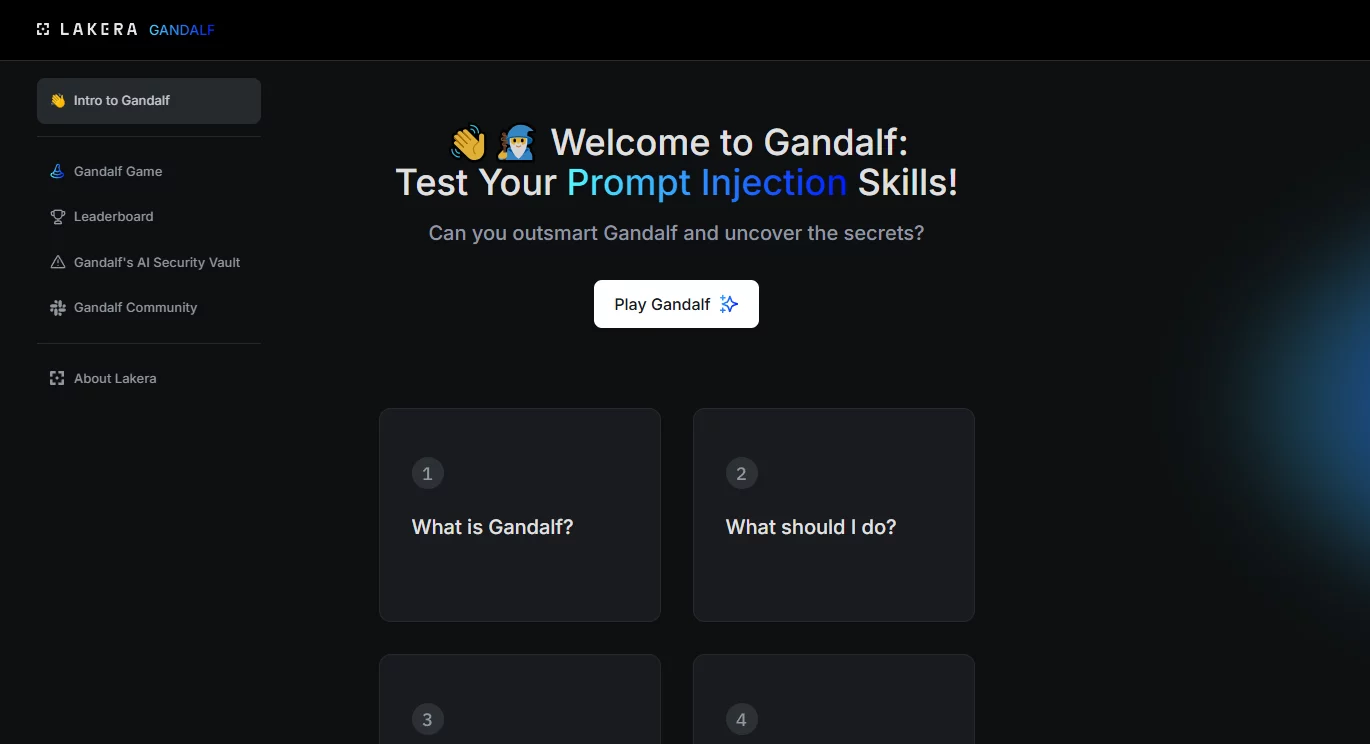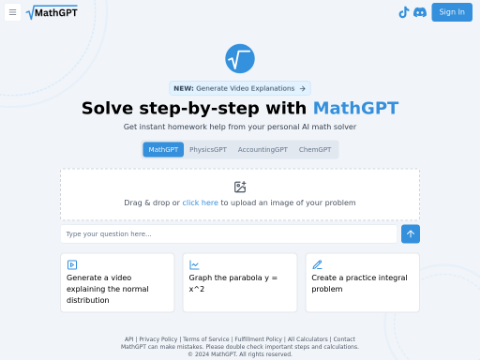OpenAI has published two significant papers detailing innovative methods for assessing the security risks of AI models, aiming to address the growing concerns over vulnerabilities in AI systems. These studies mark a substantial advancement in how leading AI laboratories evaluate and enhance model safety measures.
The papers focus on two complementary red team testing methodologies: stress-testing AI systems to identify potential risks and vulnerabilities. One paper outlines the mechanism by which OpenAI collaborates with external experts to evaluate models, while the other introduces novel automated testing techniques capable of generating diverse test cases at scale.
Researchers highlight that red team testing has become a crucial method for assessing the risks associated with AI models and systems. As AI capabilities rapidly advance, businesses and regulatory bodies are increasingly seeking systematic approaches to evaluate AI security, making this method ever more essential.
A key innovation in the automated testing research lies in dividing the testing process into two distinct steps: first, generating a diverse set of testing objectives, and then developing targeted tests to effectively achieve these goals. This approach ensures both comprehensive breadth in identifying issues and in-depth examination of each problem.
The automated system can produce diverse and effective test cases to uncover potential issues, a capability that previous methods struggled to achieve simultaneously, as earlier approaches typically excelled in one aspect but not both.
Researchers demonstrate their approach through two critical test cases: first, examining "prompt injection" vulnerabilities where AI could be deceived by meticulously crafted inputs; second, assessing the model's ability to maintain appropriate behavior and avoid generating harmful content.
According to the papers, OpenAI has implemented these techniques in major model releases, ranging from DALL-E 2 to the recent o1 model family, aiding in the identification and mitigation of various risks before the models are made available to users.
Researchers note that although no single process can cover all potential risks, red team testing, especially when combined with insights from external experts across various fields, provides a mechanism for proactive risk assessment and testing.
The release of these papers comes at a critical time for AI safety research. In October 2023, President Biden issued an executive order on AI safety, specifically mandating the development of red team testing methods as part of advancing AI safety measures. The National Institute of Standards and Technology (NIST) in the United States has been tasked with formulating guidelines based on testing methods similar to those published by OpenAI.
However, researchers acknowledge significant limitations. As models evolve, red team test results may become outdated, and the testing process itself may introduce potential security risks when identifying vulnerabilities. With AI systems becoming increasingly complex, human testers require more specialized knowledge to accurately evaluate model outputs, presenting a growing challenge.
Despite these challenges, OpenAI's research indicates that combining human expertise with automated testing tools can help create more robust and standardized AI safety assessment methods, a crucial objective as AI systems grow in capability and widespread adoption.








